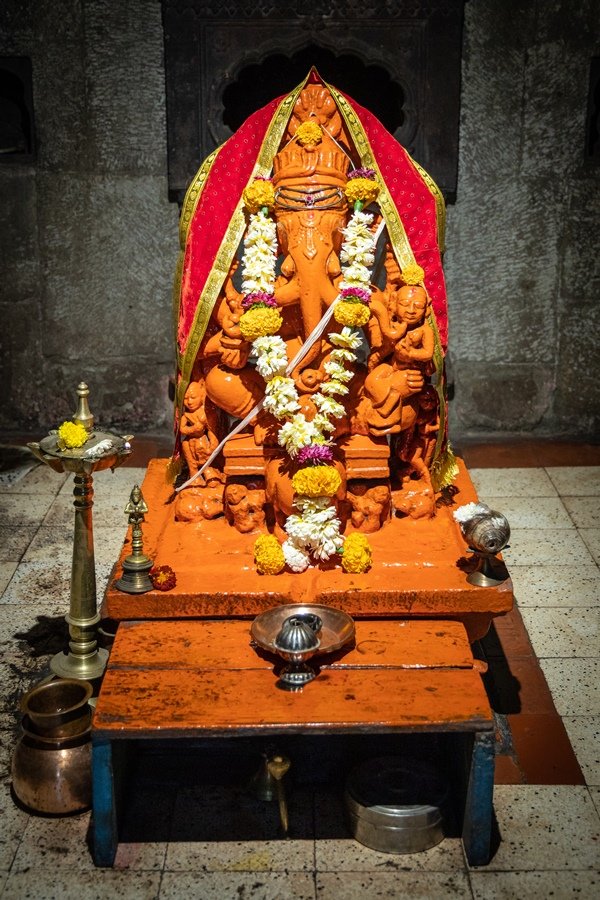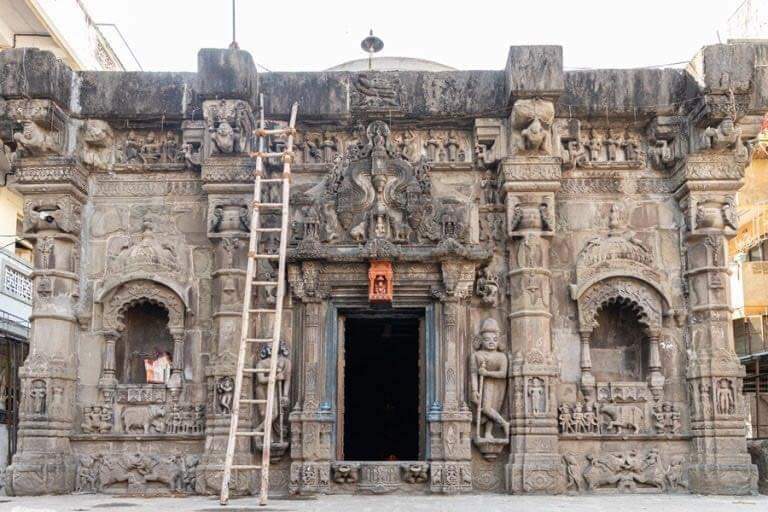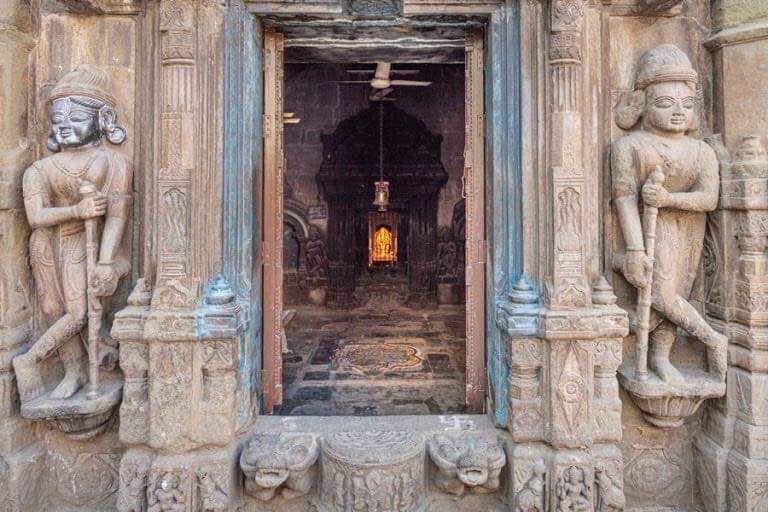
Arjuna’s Penance is one of the magnificent monuments of Mahabalipuram. This wonderful bas air relief dates back to the mid-seventh century. Standing tall at a height of 43 feet, the monolith was carved on the face of two huge adjoining boulders, making its length around 96 feet. 

The majestic structure cannot be made out in photographs, it deserves to be praised by one’s own eyes. The subject of the massive structure is either Arjuna's Penance or the Descent of the Ganges, or possibly both.
Historians and experts of archeology have never settled on one account as there are not sufficient sources or records.
‘Arjuna's Penance’ is an extract from the Mahabharata, of how Arjuna, one of the Pandavas, performed severe austerities in order to obtain Shiva's weapon.
‘Arjuna's Penance’ is an extract from the Mahabharata, of how Arjuna, one of the Pandavas, performed severe austerities in order to obtain Shiva's weapon.
Concept of story encompasses Hindu philosophy where it is believed that one could by penance, self-mortification,attain miraculous blessings from Gods.‘Descent of Ganga’story narrates the penance of Bhagirathi who performed austerities in order to bring Goddess Ganga on earth.
Bhagwan Shiva consented to break the force of the descent of the river his hair, because otherwise the force would be too great for the earth to contain. The representation of the megalith relief supports either legend.
The composition of the relief includes scenes of the natural and celestial worlds. A natural cleft populated by Nagas (snakes) separates the two halves of the relief. Water pours down this fissure imitating a waterfall or the Ganga' descent. Just above the shrine,..
..Arjuna or Bhagirath is carved standing on one leg,his arms upraised,in a yoga posture. Behind him appears Bhagwan Shiva,holding a weapon and attended by celestial beings. In the natural world life-sized elephants r shown protect their young.There r also numerous other animals.
Credit : Mukal Banerjee
• • •
Missing some Tweet in this thread? You can try to
force a refresh


























